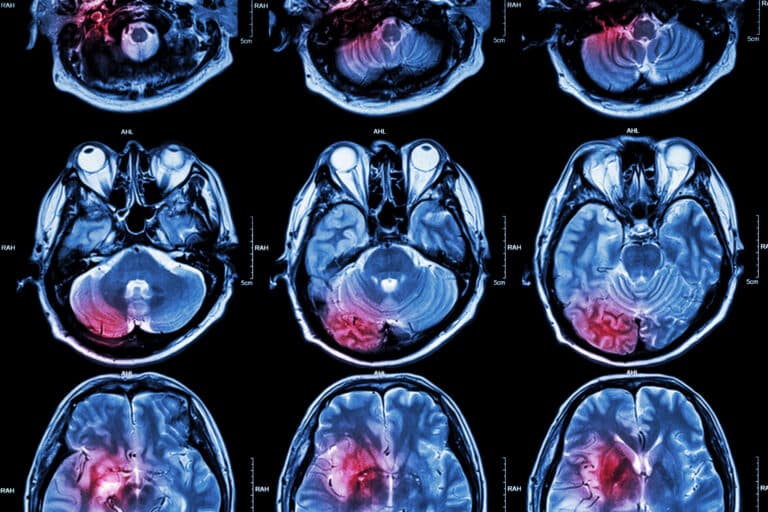Hyperpolarization
Hyperpolarization is a technique that increases the signal-to-noise in magnetic resonance and has many applications in developing probes, optimising pulse sequences, and characterising healthy and diseased tissues. Previously, molecular imaging based on magnetic resonance was limited by low sensitivity associated with non-proton nuclei.
However, hyperpolarized magnetic resonance overcomes this limitation by significantly enhancing the signal of certain biological probes through external nuclear polarization. This method allows real-time tissue function and metabolism assessment and can play a critical role in disease diagnosis and therapeutic monitoring. The advent of hyperpolarization using carbon-13 labelled probes based on carbon-13 pyruvate has been shown to monitor core cellular metabolic events, including neuro-oncological applications in preclinical models. The potential of hyperpolarization to transform magnetic resonance imaging to other applications is its ability to image specific tumour metabolism.
For example, this gain in function allows the analysis of isocitrate dehydrogenase (IDH) mutations, which occur in low-grade gliomas and several secondary glioblastomas. This type of mutation results from the accumulation of oncometabolite (intermediates of metabolism that abnormally accumulate in cancer cells) 2-hydroxyglutarate by the conversion from the tricarboxylic acid intermediate alpha-ketoglutarate.
The 2-hydroxyglutarate metabolite occurs at high levels in mutant cells so that it can be detected by non-hyperpolarized proton magnetic resonance spectroscopic imaging. However, sensitivity is a function of the high concentration of 2-hydroxyglutarate.
Therefore, hyperpolarization has the potential to detect oncometabolites with higher sensitivity. The isocitrate dehydrogenase-1 mutation has been detected both directly by using hyperpolarization carbon-13-labelled alpha-ketoglutarate and indirectly by monitoring carbon-13-labelled glutamate in mutant human glioma cell lines and orthotopic xenografts. Further research is required to translate these methods to the clinical setting.
You are here:
home » hyperpolarization


